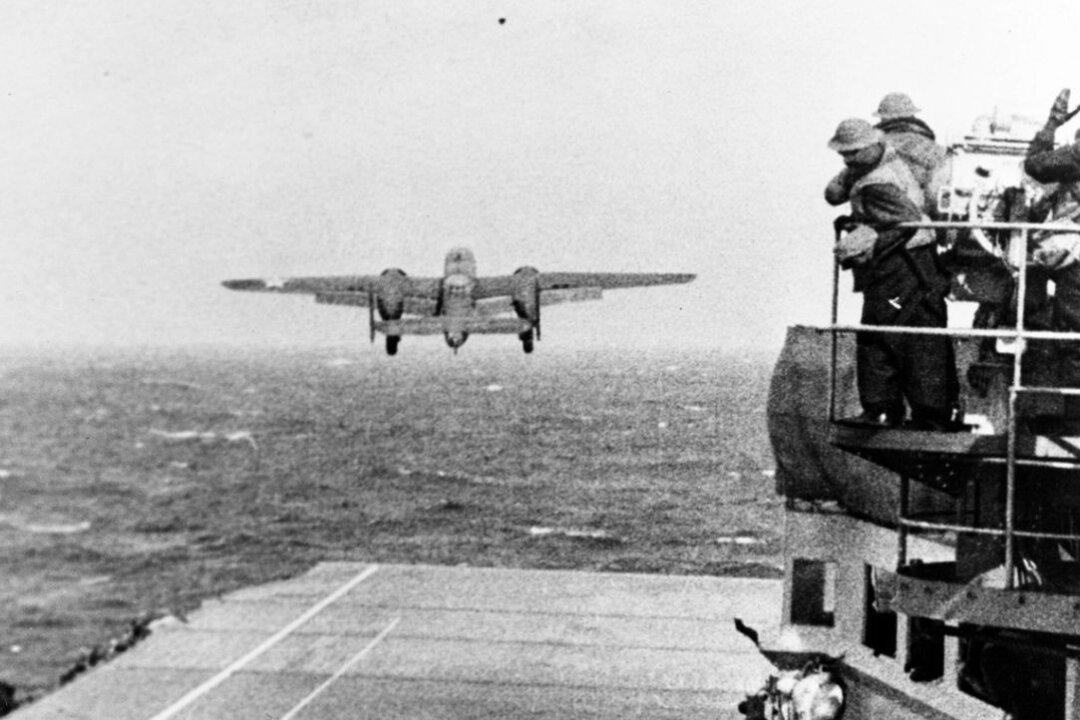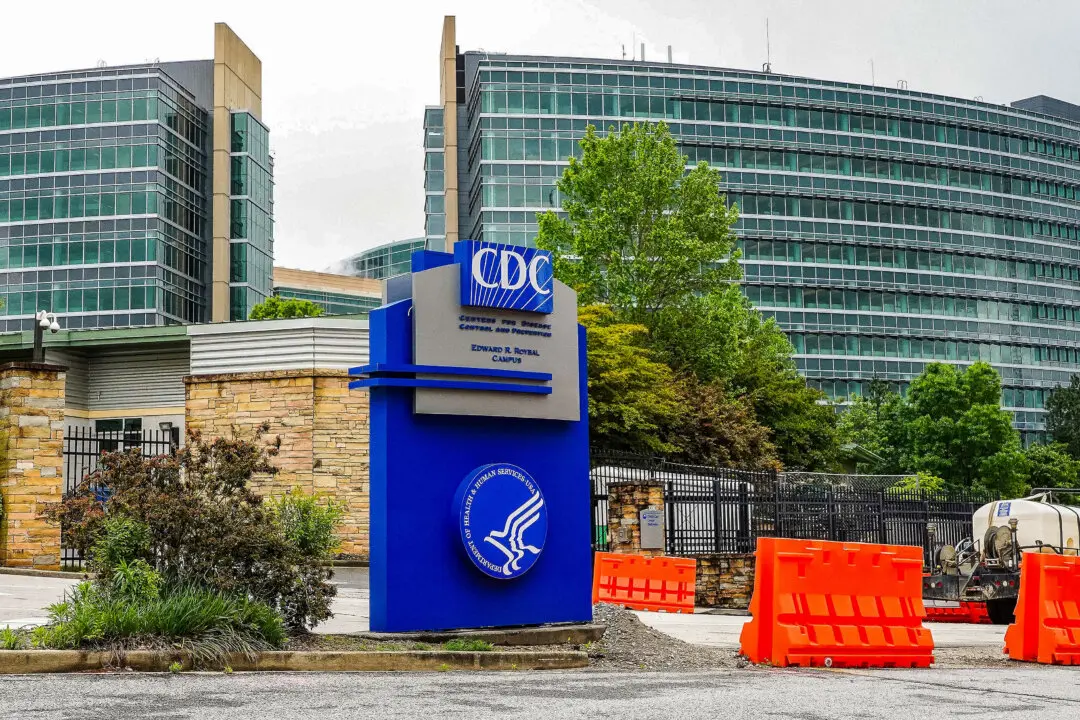The wreck of the World War II-era USS Hornet was discovered off the coast of the Solomon Islands in the South Pacific Ocean.
The carrier, also known as the CV-8, sunk in October 1942 during the Battle of the Santa Cruz Islands by Japanese bombers, torpedo planes, and ship-launched torpedoes.





